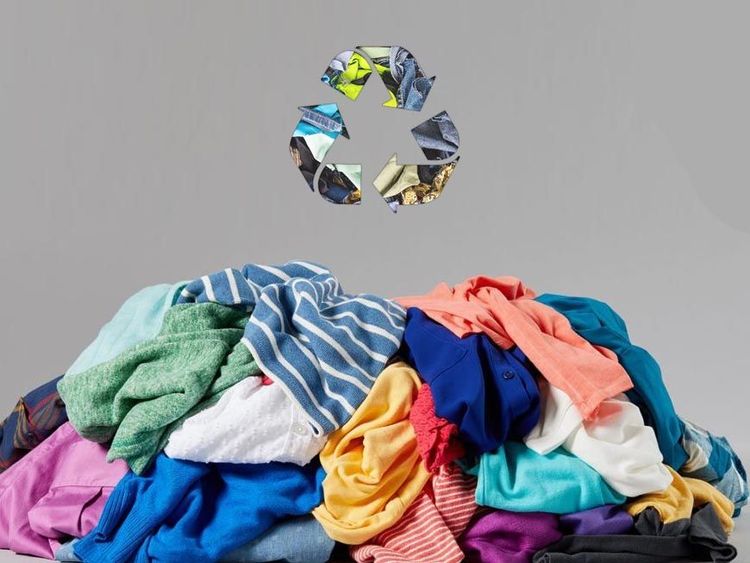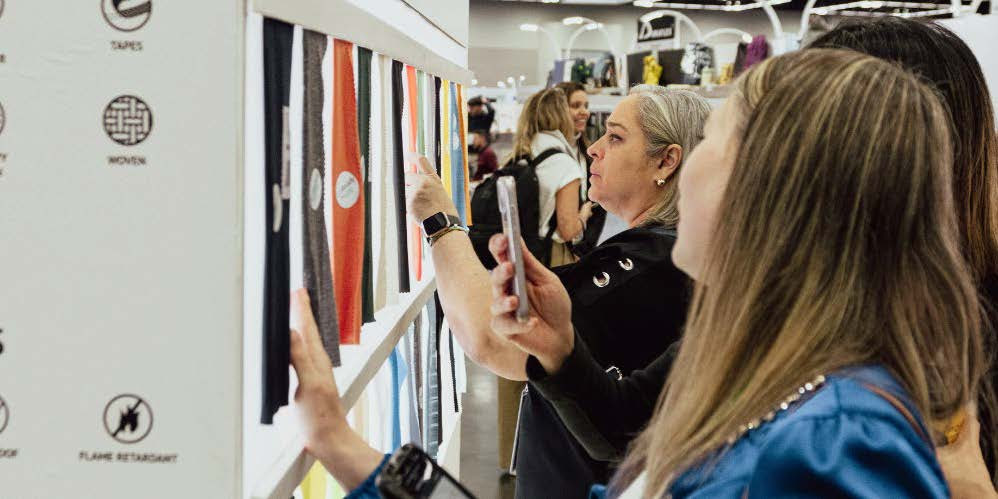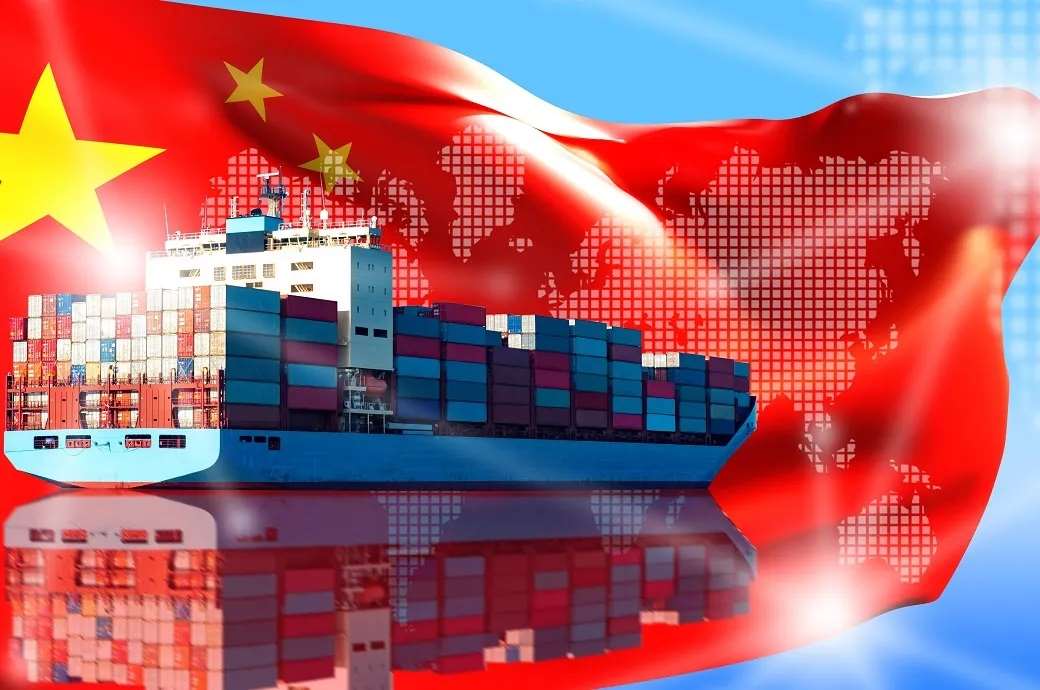
The US textile recycling and resale industry is reeling from the steep tariffs imposed on imported textile scraps and used clothing, as per data compiled by Karishma Gupta, Founder & CEO of Eslando, a textile recycling feedstock marketplace. The tariffs, that is almost as high as 40 per cent on goods from exporters like India, China, Bangladesh, and Pakistan, threaten to disrupt the nation's robust circular textile economy and drive up consumer prices.
While the apparel sector has seen prominent stock market fluctuations, with giants like Nike, adidas, and Puma experiencing declines of approximately 15 per cent, the impact on the recycling sector is proving to be a critical concern.
US a key player in global textile recycling
The US holds an important position in the global textile recycling landscape, acting as the world's largest importer of used clothing and the second-largest importer of textile scraps. This reliance on international suppliers has historically allowed the US to maintain a cost-effective and efficient infrastructure for sorting, processing, and repurposing textile waste.
However, the newly implemented tariffs are poised to disrupt these established trade relationships, significantly increasing costs for domestic recyclers, sustainable manufacturers, and second-hand retailers.
Table: Textile scrap imports to the US (2023)
|
Exporting country |
Value of exports to US ($) |
|
Pakistan |
$23.8 million |
|
Honduras |
$15.9 million |
|
Canada |
$9.49 million |
|
Mexico |
$7.68 million |
|
India |
$6.55 million |
|
Bangladesh |
$6.27 million |
|
China |
$5.65 million |
|
Dominican Republic |
$4.08 million |
|
Source: Observatory of Economic Complexity (OEC) |
The data compiled by Gupta, sourced from the Observatory of Economic Complexity (OEC), the US imported substantial volumes of textile scraps and used clothing in 2023.
Table: Used clothing imports to the US (2023)
|
Exporting country |
Value of Exports to US ($) |
|
China |
$8.82 billion |
|
India |
$2.69 billion |
|
Pakistan |
$1.5 billion |
|
Mexico |
$1.27 billion |
|
Bangladesh |
$208 million |
|
Canada |
$136 million |
|
Dominican Republic |
$110 million |
|
Source: Observatory of Economic Complexity (OEC) |
The above data clearly illustrates the US’ dependence on imports,” says Gupta. “With nearly $17 billion worth of used clothing imported in 2023 alone, the impact of these tariffs will be felt across the entire supply chain.”
Table: Global import leaders (2023)
|
Country |
Textile scrap imports |
Used clothing imports |
|
India |
$229 million |
$624 million |
|
United States |
$86 million |
$16.9 billion |
|
Germany |
— |
$4.54 billion |
|
Japan |
$21.1 million |
$3.98 billion |
|
France |
— |
$3.21 billion |
|
United Kingdom |
— |
$2.71 billion |
|
Source: OEC |
Sustainability and affordability at risk
Analysts, including Gupta, warn the increased costs will likely lead to higher prices for recycled materials and second-hand clothing, impacting both manufacturers and consumers. This could undermine sustainability efforts and threaten the viability of small-scale recyclers and non-profit thrift organizations.
In an attempt to mitigate the impact of the tariffs, US importers are exploring alternative trade partnerships with nations such as Honduras, Mexico, the Dominican Republic, and the United Arab Emirates. However, concerns remain about the capacity of these countries to fully replace the supply from traditional partners.
Outlook a critical juncture
The future of the US textile recycling industry hangs in the balance. Without strategic interventions, the tariffs could lead to increased costs for recycled materials; higher consumer prices for second-hand clothing; threats to small-scale recyclers and non-profit thrift stores; setbacks in achieving US sustainability goals. “This is a complex issue with far-reaching implications,” Gupta explained. “We need to consider policy solutions that support domestic recycling, provide subsidies, and establish preferential trade agreements to alleviate the pressure on this vital industry.” The coming months will be crucial in determining whether the US textile recycling industry can adapt and thrive, or if it will face significant disruption.










